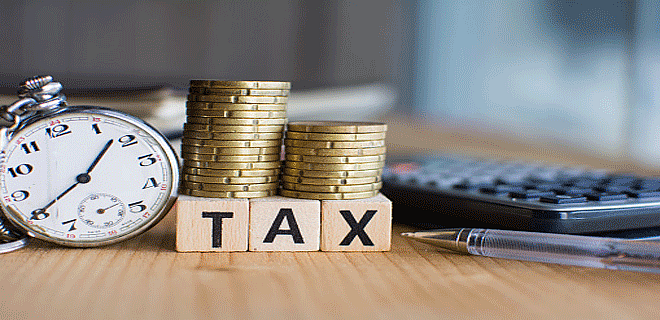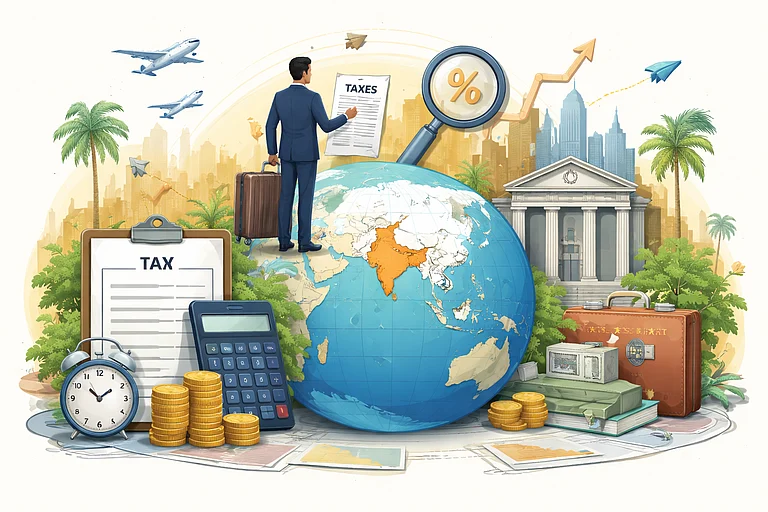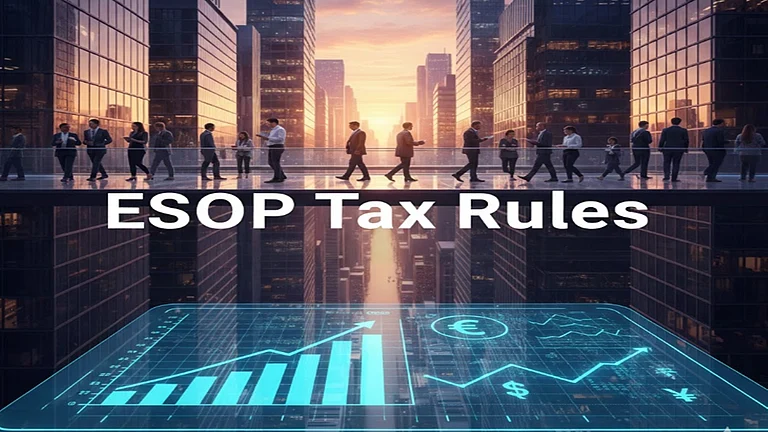By Sudhakar Sethuraman
Manusmriti, one of the ancient literatures in India explicitly calls out in Chapter 7 (Sl 127 to 129) the responsibilities of the Ruler to protect the productive base of subjects by charging the right taxes to facilitate overall administration and betterment. The Government also aims to protect the tax base and ease tax administration through progressive tax reforms, over the years. Be it with the One Nation One Tax - GST or reformatory simplified (new) tax regime or a complete digitization of tax matters, the Government has been keen to enhance tax measures, arrest revenue leakage and at the same time provide seamless experience to taxpayers.
While individuals look forward to tax rate cuts, increase in deduction limits consistently, India’s tax-GDP ratio is still on the lower side (11.6 per cent in 2023-24) when compared to the optimal ratio of 15 per cent. This could be on account of faster growth of economy than the increase in tax revenue.
Generally, tax reforms can be structural as well as procedural. However, the significance on environment and sustainability cannot be undervalued as it impacts individuals and future generations Hence it could be the third and important pillar of personal tax reforms that impacts the future.
Structural reforms:
The paradigm of tax reforms shifts from vertical equity to horizontal, where there is broad based tax system which is simple to administer and transparent to monitor. Introduction of simplified tax regime, cutting down many popular deductions and exemptions, facilitates personal tax compliance; however, a fifth of the taxpayers are still continuing under the old regime due to claim of deductions. Tax authorities, could consider to introduce fixed rate of deduction rather than fixed amount of deduction (Rs. 50,000 in current scenarios) to motivate taxpayers to adopt the new tax regime.
The Direct Tax Code, which is under public consultation, also aims to bring in such simplified structure, reduction in litigation and removal of outdated provisions. These developments aim to reduce taxpayers’ time on tax management and reduce tax obligations, address inflation, and ensure relief across income groups, boosting overall spending for a better economy.
Procedural Reforms:
Challenges in processes and procedures are swiftly being addressed through digitization, accelerated refund processing and faceless assessments. Nevertheless, with growing mobile population and NRI tax base, the expectations increase manifold.
Non-resident taxpayers find it difficult to remit taxes from overseas bank accounts. Similarly, e-verification options are also less feasible for taxpayers abroad with no India bank account. With traces of the pandemic washed out, international employee mobility has been gaining momentum, as in the past. To support such population where there is the probability of double taxation, measures could be introduced to permit the employers to give credit to overseas taxes while calculating India withholding taxes. Simplifying these minor processes would enhance compliance and make the system more user-friendly for non-resident taxpayers.
Environment and sustainability related reforms:
It is our responsibility to future generations that we preserve nature in the same state at least, if not better. There are various measures across the globe to motivate individuals to switch to green initiatives. Countries provide premium, cash back or tax deductions for individuals purchasing electric vehicles; some countries provide subsidy for infrastructure for electric vehicles – charge ports/ charge stations.
In India, there are many relief measures introduced for companies with green / ecofriendly set-up. However, in case of individuals, there is a limited relief available especially towards deduction for loan to purchase electric vehicles.
As a step towards greener India, from a personal tax perspective, deduction can be provided to individuals with loans on homes certified as "green buildings" under government-approved framework. Tax breaks can be introduced for homeowners investing in energy-efficient appliances, windows, or insulation to reduce carbon footprints. Individuals can be encouraged to contribute to carbon offset or afforestation projects by way of weighted deductions.
By introducing such individual tax benefits, it can not only encourage sustainable living but also align with environmental goals like India's commitment to achieving net-zero emissions.
With the Budget round the corner, it is not uncommon for individuals to have a wish list with rate cuts and increased tax relief. However, it is essential that reforms protect and grow the tax base with efficient tax administration, in a simpler and greener way!
Sudhakar Sethuraman is Partner, Deloitte India.
(Disclaimer: Views expressed are the author’s own, and Outlook Money does not necessarily subscribe to them. Outlook Money shall not be responsible for any damage caused to any person/organisation directly or indirectly.)














